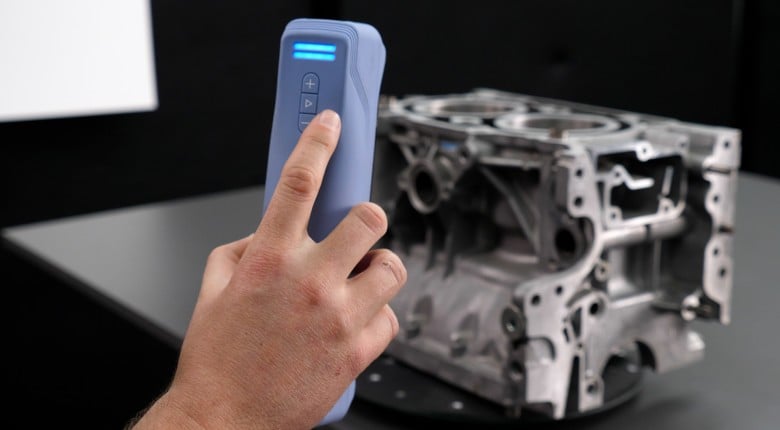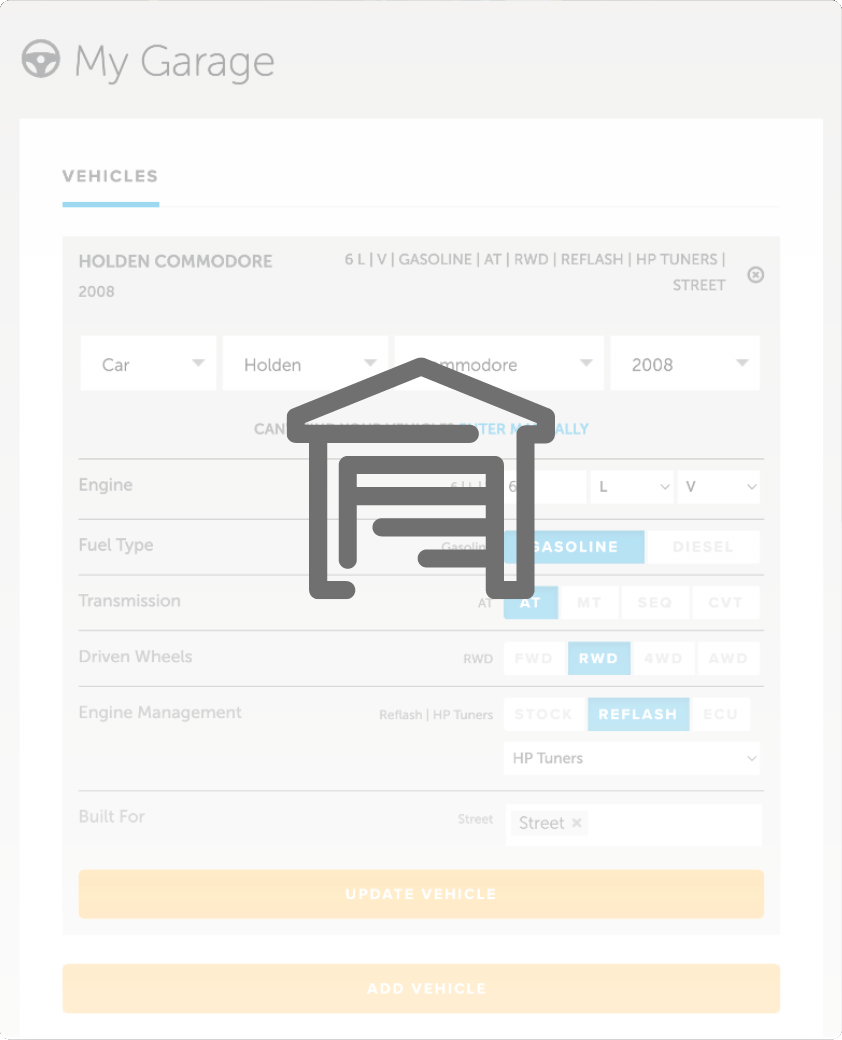Extracting Entities: DIY or pro, you cannot skip this step if you want accurate 3D scan files turned into usable CAD models.
Is this the most DIFFICULT part of 3D scanning?
This module, taken from the Practical 3D Scanning lifetime access online course, moves beyond simple scanning into extracting critical geometric entities. These are the features that allow you to reverse engineer parts accurately, whether you are replicating a turbo manifold, developing new components, or preparing for CFD and flow analysis as part of your scan based design process.
Many find this one of the toughest parts of 3D scanning, but with the right knowledge and methods, it will become a simple step in your process.
You will learn how to create planes, cylinders, profiles, and centerlines directly from a mesh file, how to properly align a scan to the CAD workspace, and why getting this step right speeds up the entire design and manufacturing process.
Whether you have dedicated reverse engineering software like Peel.CAD or you are using standard CAD programs like Autodesk Fusion & SOLIDWORKS, these techniques will apply to your projects.
------------------------------------
TIME STAMPS:
0:00 - Introduction: Why Entity Extraction Matters
0:30 - Turbo Manifold Reverse Engineering Example
1:20 - When to Reverse Engineer vs. Scan-Based Design
2:30 - Planning Which Entities to Extract
3:30 - Using Planes to Rebuild Geometry
5:00 - Setting Normal Constraints Between Planes
6:00 - Extracting Cylinders for Mounting Holes
8:00 - Verifying Accuracy Against Real Parts
9:00 - Mesh Profiles and Cross-Sections
10:30 - Pipe Centerlines for Complex Shapes
11:30 - Aligning the Model to the CAD Coordinate System
13:00 - Squaring Up Planes and Cylinders Correctly
14:00 - When Auto Feature Recognition Can Help
14:45 - Key Takeaways for Professional 3D Scanning Workflows
15:12 - Practical 3D Scanning Online Course







Comments
No one has commented on this page yet.